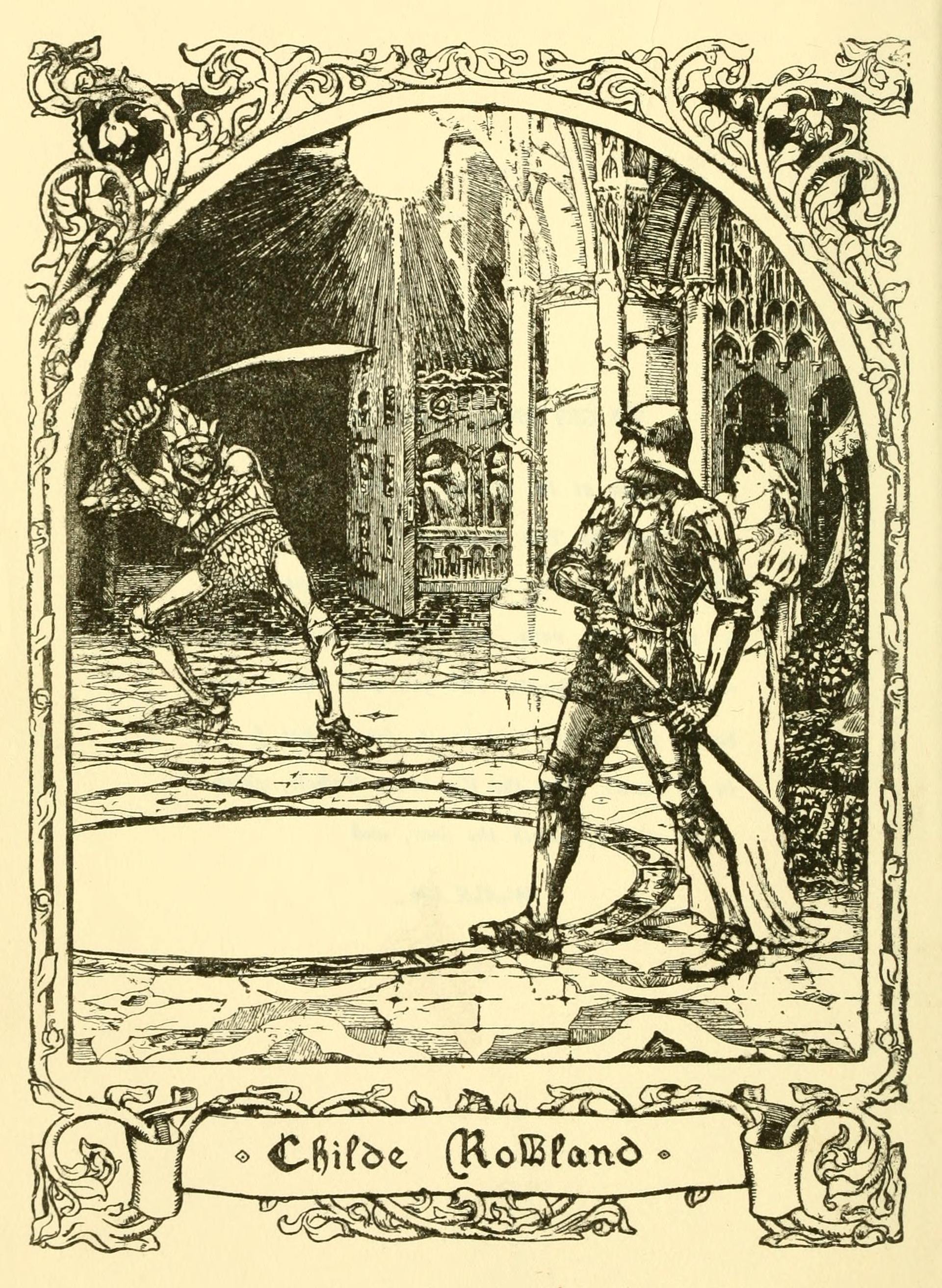reply to u/rawbran30 at https://old.reddit.com/r/typewriters/comments/1py74mf/internet_hype_trendeffect_and_brand_popularity/
Olympias were imported into the US from the 50s into the 70s and were manufactured at peak typewriter engineering and manufacturing methods before machines slowly got cheaper and cheaper in terms of materials and craftsmanship through the 60s and into the early 80s before typewriters were subsumed by the word processor market.
Compared to Smith-Coronas and Remingtons of the 50s and early 60s (their peaks), Olympias are slightly better manufactured in terms of fit and finish. They're also slightly more modern looking in terms of body shapes and colors compared to other machines, which also helps to drive up price amongst collectors.
Now is an Olympia SM3 or SM9 really so much better than a Smith-Corona Silent Super that they should enjoy an almost 2x jump in price for an unserviced model? Potentially not, but if this is your issue, then buy something from a professional shop that's been cleaned, oiled, and adjusted and a lot of the price differential evaporates.
 This
This 

 <br />
via
<br />
via 